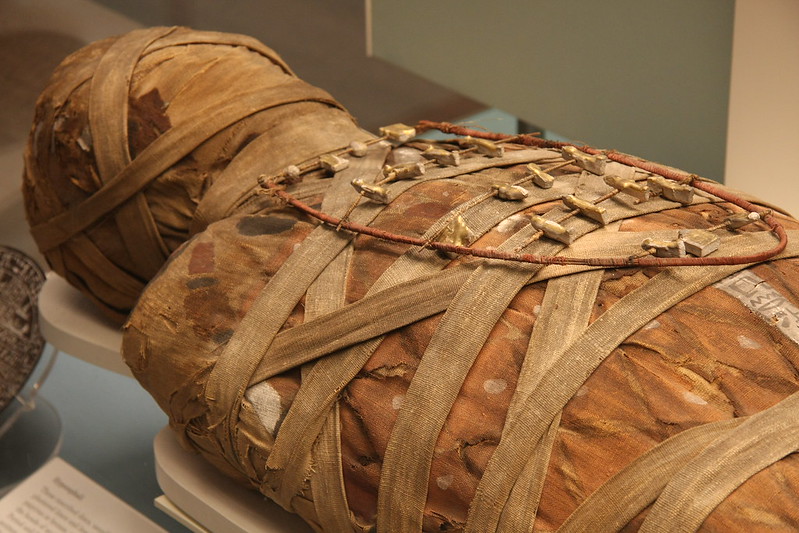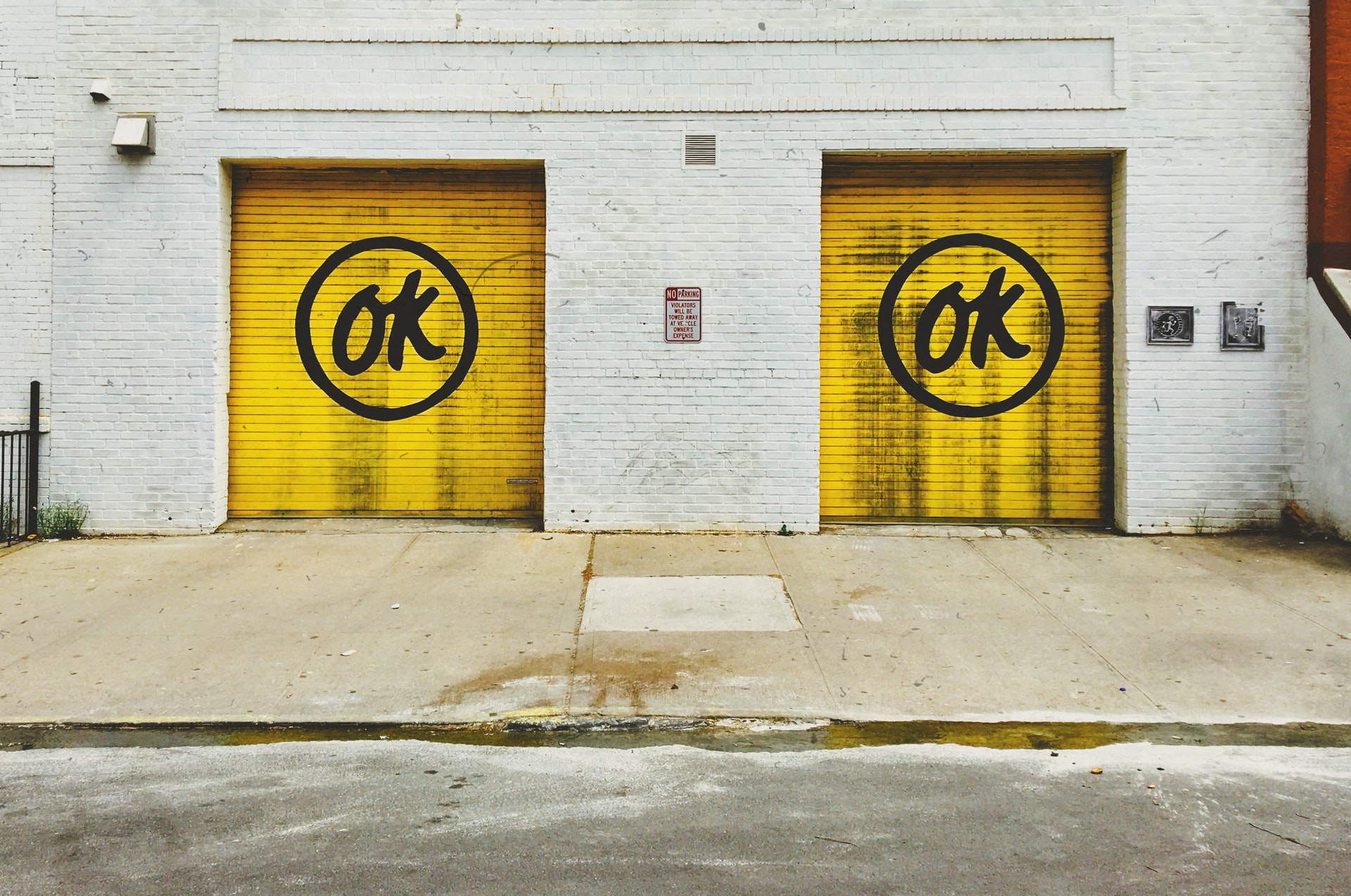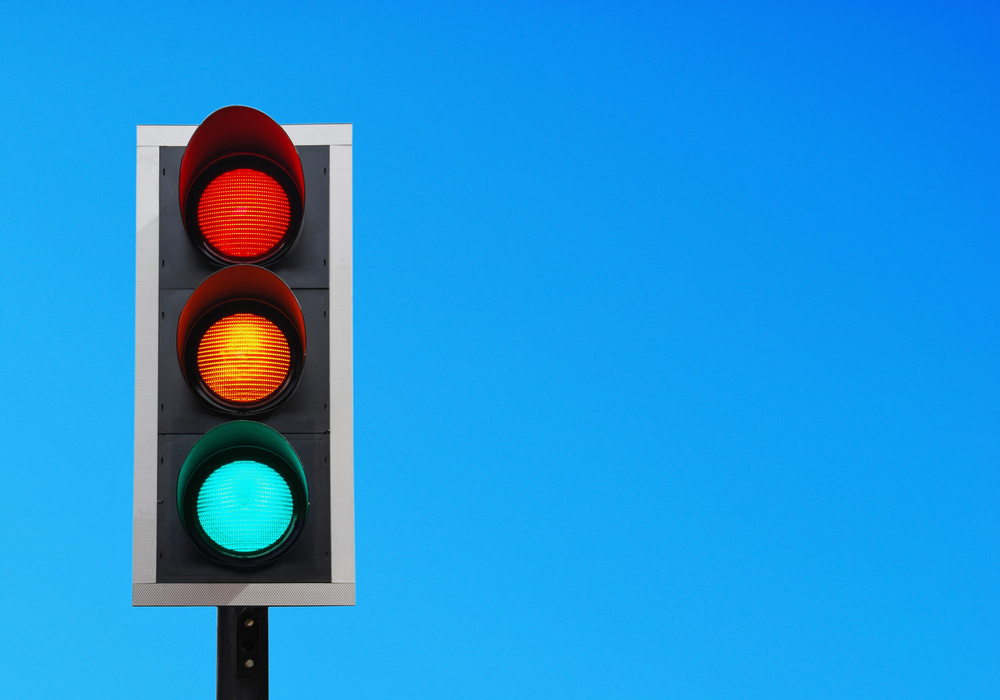Reading Time: 2 minutes
- Until the early-19th century, most ordinary people in Denmark used patronymics instead of surnames.
- Patronymics is when you use your father’s name as your last name; in Denmark, the father’s name was followed by a suffix ‘sen’ (for son) and ‘datter’ (for daughter).
- So, Oliver Nielsen’s son Oscar would be called Oscar Oliversen, and his daughter, Ida, would be called Ida Oliverdatter.
- The practice made it difficult to trace the familial history and hence patronymicsSome sources suggest that along with patronymics, other sources such as geography (person’s residence) and occupation (from the work done) were also used. were legally abolished in the 1820s.It took several decades before patronymics stopped being used. For any person born in Denmark between 1826-1870, it is difficult to be sure whether their last name is a patronymic or a family surname unless you already know the name of that person’s parents.
- Then, patronymics were locked as fixed surnames in the masculine form (‘sen’) for generations, i.e. Ida from Point 3 above would now become Ida Oliversen (till she is married).
- The law also made it difficult for people to change their last names, a move that was designed to appease the noble class, who were worried about people taking their last names.
- The naming law that only regulated surnames, expanded to include first names in the 1960s when a couple named their child Tessa, which resembled tisse, which means ‘to urinate’ in Danish.
- It was then that the government made the naming law stricter and adopted a list of approved given names, from which the Danish parents could choose the name of their child.
- The list of approved names was created with the intention of protecting the child from ridicule and problems later in life.
- Today, the list is much more ‘liberal’ than its original version, which even prohibited the use of unisex names.
- New names get added to this list and as of 2019, the list contained 22000 approved girls’ names, 18000 approved boys’ names, and about 1000 approved unisex names; in 2004, there were only 3000 approved names for boys and 4000 for girls.
- Some of the restrictions that apply include ‘imaginative spellings’, (e.g. Christophpher is not ok and one ‘ph’ must be removed), ‘place-names’, ‘trademarks’, ‘names common for pets’, etc.
- If parents would like to deviate from the approved list of names, they can apply to get special permission from the court (till January 2019, the application process involved taking permission from both the church and the government).
- Over 1000 out-of-list names are reviewed each year and 15%-20% are rejected; Monkey, Pluto, Anus are some names that had been rejected, while Leica, Jiminico, and Fee had been approved.
- Also, the name must be given to the child before he/she is six months old, otherwise, the parents could be fined and the child will be given its mother’s surname.
- The naming law only applies in instances where one of the parents is Danish.
Image courtesy of Kryzhov through Shutterstock






















